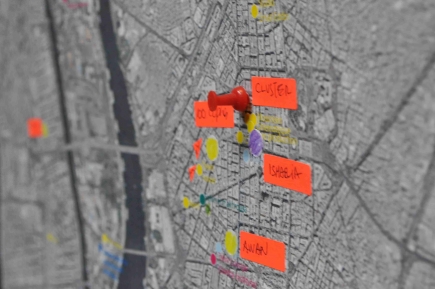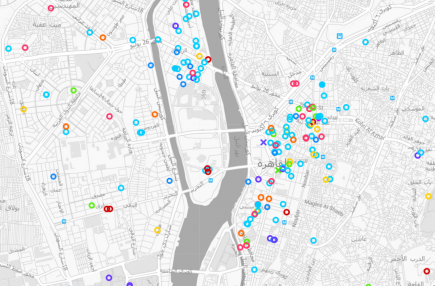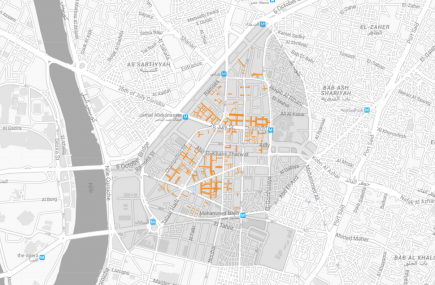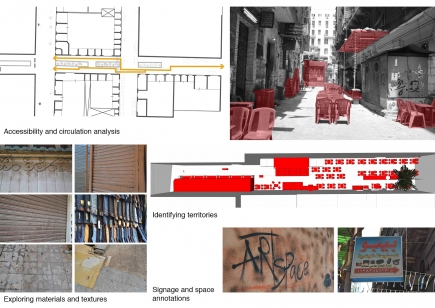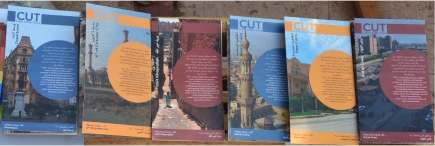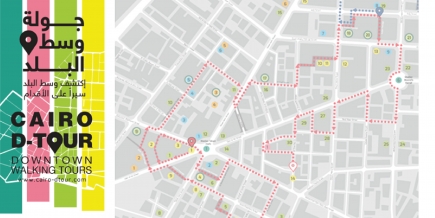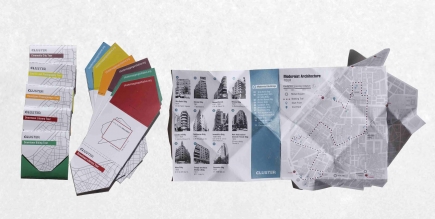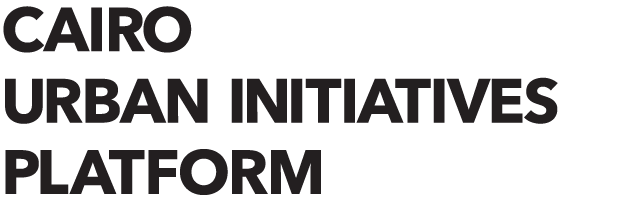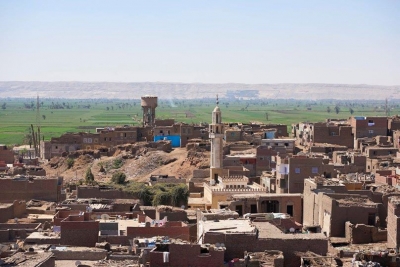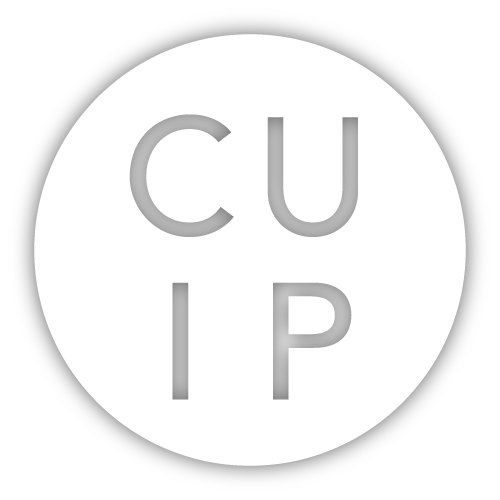| Theme: | |
| Format: | |
| Date: | Sep 28, 2017 6:00–7:30pm |
| Admission: | Free public event |
| Website: | https://www.facebook.com/events/2010426229192442 |
Full lecture title:
Ilona Regulski: A Deep History of the Asyut Region - A Focus on the Village of Shutb
The village of Shutb, 5 km south of Asyut, offers an excellent window into the micro-history of a rural community living on an ancient site. The village perches atop the remains of ancient Shashotep, a regional centre from 2000BC onwards. The situation on the ground thus provides an ideal archaeological and anthropological context rarely preserved in the Egyptian Nile valley: a middle-sized regional town combined with its hinterland in a continuous historical setting accessible for research. However, this exceptional stratigraphy also poses a threat to heritage; most notably in the form of garbage disposalon the ancient ruins, the gradual replacement of vernacular architecture in favour of red-brick and cement buildings, and sub-surface infrastructure for the modern village, revealing archaeological remains. Many of these threats also negatively affect people’s health, such as proximity to garbage disposal, ground and water pollution and illicit excavation.
The British Museum Asyut region project aims at reconstructing and preserving the deep history of the Asyut region through survey and documentation of its pharaonic and post-pharaonic heritage, including the varied responses of local communities who live atop the layers of history below. An interdisciplinary team of Egyptian and UK-based consultants collaborates with local stake holders to develop a set of protection measures in order to uphold the site’s archaeological value, and to prevent further decay of the historic fabric.
The presentation will be followed by a 7 mins documentary film about local perceptions of heritage.
Ilona Regulski is the Curator for Egyptian Written Culture at the Department of Ancient Egypt and Sudan at the British Museum. She is responsible for the papyrus collection and other inscribed material in the collection, including the Rosetta Stone. Her areas of expertise include epigraphy and palaeography from the Early Dynastic period until the beginning of the New Kingdom with a (recent) focus on Middle Kingdom material culture and ritual narrative. In an attempt to contextualise writing, she initiated a new research project investigating the deep history of the Asyut region (middle Egypt); once one of the most influential local hubs for the creation and dissemination of written culture in Egypt.
